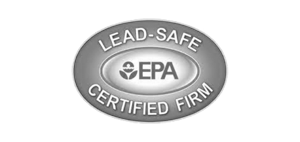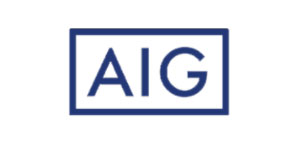Every year, over 350,000 house fires happen in the United States. These fires cause billions of dollars in damage. The damage from a fire can be complex and devastating. It affects both the look and structure of buildings.
When you see fire damage, you might notice ash, charring, soot, and melted plastics. These signs are just the start. Fire can also weaken adhesives and plastics, which can make buildings unsafe. So, fire damage is not just on the surface; it can go deep into a building’s structure.
Key Takeaways
- The United States experiences over 350,000 house fires annually.
- Visible symptoms of fire damage include ash residue, charring, and soot accumulation.
- High temperatures can degrade structural components and synthetic materials.
- Fire damage can affect both the surface and internal structure of buildings.
- Safety and thorough assessment are crucial in recovery efforts.
Types of Damage Caused by Fire
Fire damage comes in many forms, each with its own set of challenges. Important fire damage types include:
- Structural fire damage: This type affects the building’s structure. Beams, floor joists, and walls can weaken. Heat warps metals and chars wood, making the building less safe.
- Smoke residue: This is left over from fires that don’t get enough oxygen. It’s hard to clean because it’s sticky and spreads easily.
- Soot damage from fires: Soot is made up of tiny particles and harmful substances like carbon monoxide. It covers everything, causing discoloration and corrosion.
Fires that burn things like plastics and textiles make cleanup hard. The residues and smells are tough to get rid of. Fires with lots of oxygen leave dry residues that are easier to clean. But, they still cause bad smells. Things might look okay, but heat can damage adhesives and plastics. This shows structural fire damage that’s not easy to see.
Visible Signs of Smoke Damage
It’s crucial to spot smoke damage early for proper cleanup. Smoke affects not just what we see but also what we smell. It leaves marks on walls and ceilings, and can change the color of materials.
Knowing the difference in smoke damage types is key. Wet smoke, from burning plastics, feels sticky and smells strong. Dry smoke, from fires involving paper or wood, is powdery and spreads widely, leaving smells that linger.
The type of material burned affects the residue left behind. For example:
- Greasy and yellowish-brown soot comes from protein fires.
- Black smudges are from synthetic fires.
Identifying smoke residues helps in cleaning and ensures safety during recovery. These signs, from color changes to lingering smells, show how complex smoke damage is. It needs special care to fix.
What does fire damage look like?
After a fire, the environment changes a lot. Walls and floors turn yellow because of soot. This soot also makes furniture and surfaces look dark. It’s an acidic substance from the fire that covers everything.
Wood and plastic items get warped and melt from the heat. This shows how bad the fire was. Even stone items get damaged, turning colors and cracking from the high heat.
Electrical appliances show the fire’s effects too. They have burn marks and melted parts, which can stop them from working. Inside, you’ll find a lot of charred stuff and broken things, showing the fire’s destruction.
This damage shows how big the fire was and why a lot of cleaning and fixing is needed. Sometimes, whole areas need to be rebuilt to look like before the fire.
Secondary Damage: Water and Health Issues
Firefighting efforts bring another kind of damage—water. Using lots of water to put out fires makes buildings waterlogged. This can lead to mold growth after fire and other structural problems if not fixed fast.
The health effects of fires are big. Soot and smoke particles are bad for breathing, getting deep into the lungs. People may get headaches, feel dizzy, or even pass out from smoke. In severe cases, carbon monoxide can cause loss of consciousness or even death.
Installing smoke detectors and fire extinguishers and keeping electrical systems in check helps lower fire risks. Quickly dealing with fire-related water damage and mold growth after fire stops these problems from getting worse. Knowing the health risks of fire damage helps protect us from respiratory issues post-fire.
Conclusion
After a fire, there are many challenges, like severe damage and health risks from soot and smoke. To recover, it’s key to know the different types of damage and how smoke acts. Also, dealing with water damage and health issues is crucial.
Services like those from Distinctive Restoration are vital for fixing fire damage. They use special tools and methods for cleaning, removing harmful substances, drying out areas, and restoring contents. Their expertise helps properties recover fully from fire damage.
Getting professional help is very important after a fire. These services are key to getting back to normal. They tackle all fire damage issues, ensuring homes and businesses can fully recover.



















